Home>Dining>Table Decor>What To Plant With Ivy For An Indoor Table Centerpiece
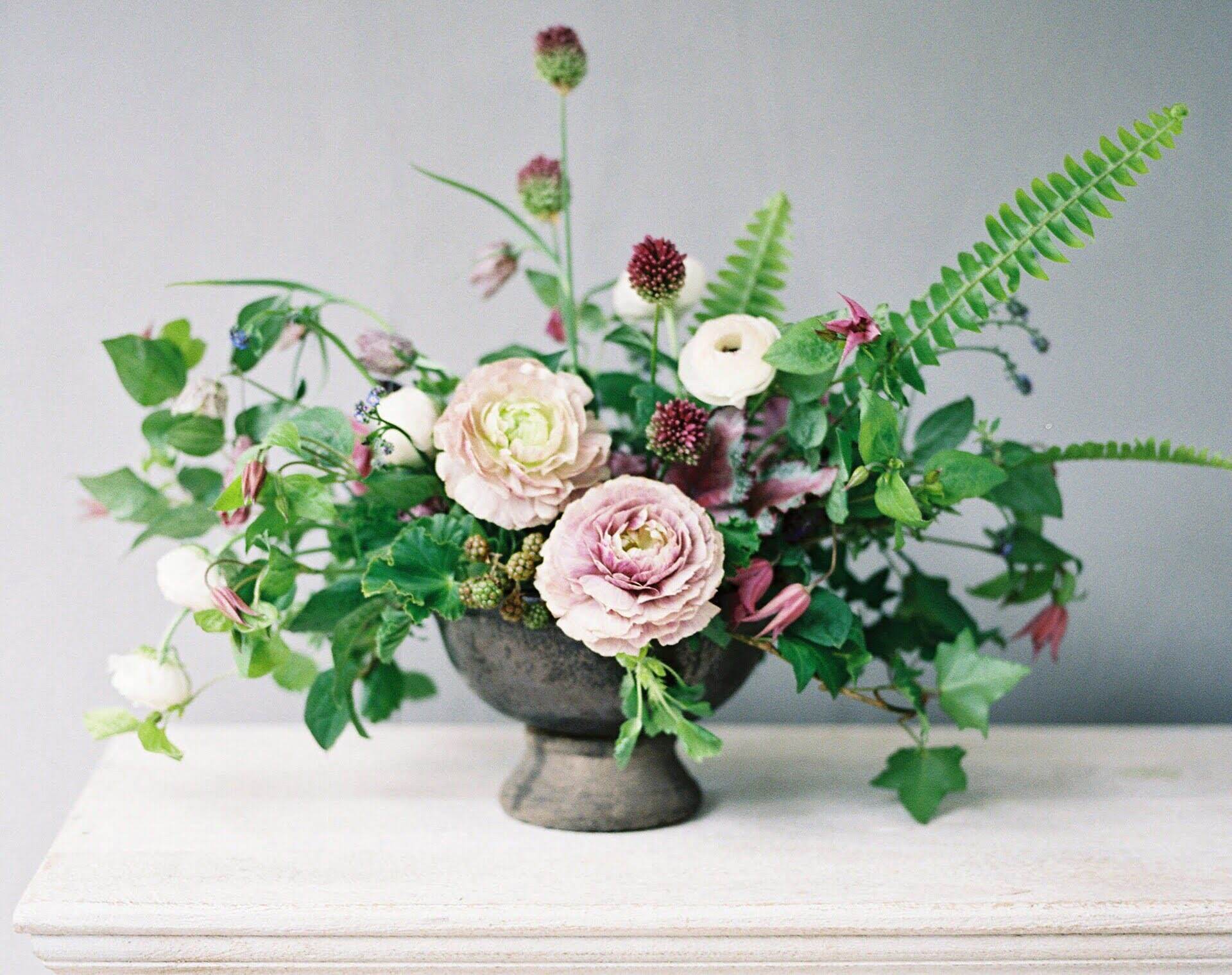

Table Decor
What To Plant With Ivy For An Indoor Table Centerpiece
Modified: January 4, 2024
Discover beautiful table decor ideas with ivy as the centerpiece. Find out what plants complement ivy for a stunning indoor arrangement.
(Many of the links in this article redirect to a specific reviewed product. Your purchase of these products through affiliate links helps to generate commission for Storables.com, at no extra cost. Learn more)
Introduction
Creating a stunning table centerpiece is a fantastic way to elevate the ambiance of any indoor space. One popular option that adds both beauty and elegance to a tabletop display is ivy. Ivy is a versatile and low-maintenance plant that can thrive indoors, making it an excellent choice for creating a lush and vibrant centerpiece.
When it comes to designing a captivating ivy table centerpiece, choosing the right complementary plants is crucial. By pairing ivy with the right plant varieties, you can create a visually striking arrangement that captures attention and brings life to your table.
In this article, we will explore the various factors to consider when selecting plants to pair with ivy for an indoor table centerpiece. From choosing the right ivy varieties to incorporating different plant growth habits and enhancing texture and form, we will guide you through the process of creating a balanced and visually appealing table centerpiece.
So, let’s dive in and discover the perfect companion plants to pair with ivy for your indoor table centerpiece!
Key Takeaways:
- Elevate your indoor space with a visually captivating table centerpiece by pairing ivy with complementary plants. Consider color schemes, growth habits, and texture for a balanced and vibrant arrangement.
- Incorporate non-living elements to add a unique and artistic touch to your ivy table centerpiece. Experiment with decorative containers, natural elements, and seasonal themes for a personalized and visually captivating display.
Choosing the Right Ivy Varieties
When creating an indoor table centerpiece with ivy, it’s important to choose the right ivy varieties that suit your aesthetic preferences and growth conditions. Ivy comes in various species and cultivars, each with its own unique characteristics.
One popular ivy variety is English Ivy (Hedera helix). With its glossy green leaves and trailing growth habit, English Ivy adds a touch of classic elegance to any centerpiece. It thrives in medium to bright indirect light and prefers slightly moist soil.
If you’re looking for a more vibrant option, consider the Gold Child Ivy (Hedera helix ‘Gold Child’). This variety features variegated leaves with creamy yellow edges, adding a pop of color and visual interest to your centerpiece. Gold Child Ivy does well in bright indirect light and requires regular watering.
For a more compact and bushy ivy variety, the Algerian Ivy (Hedera canariensis) is an excellent choice. With its lush and rounded foliage, Algerian Ivy adds a dense and tropical feel to your table centerpiece. It thrives in bright to medium indirect light and prefers a consistently moist soil.
Another lovely option is the Variegated Swedish Ivy (Plectranthus coleoides). This ivy variety features green leaves with creamy white edges, adding a touch of elegance and brightness to your centerpiece. It grows well under bright indirect light and prefers well-draining soil.
Choosing the right ivy variety is essential to achieve the desired look and vibe for your table centerpiece. Consider factors such as leaf color, growth habit, and lighting requirements when selecting the perfect ivy variety to pair with your other plants.
Now that you have a better understanding of the various ivy varieties available, let’s move on to exploring the complementary plant selection for your indoor table centerpiece.
Complementary Plant Selection
When creating a table centerpiece with ivy, the choice of complementary plants is key to achieving a visually appealing and harmonious arrangement. The selected plants should complement the ivy’s color, texture, and growth habit, creating a cohesive and balanced centerpiece.
One option for a complementary plant is the Peace Lily (Spathiphyllum). With its elegant white flowers and glossy dark-green leaves, the Peace Lily provides a beautiful contrast to the trailing ivy. This combination adds a touch of sophistication and brings a sense of tranquility to your table centerpiece. The Peace Lily prefers medium to low light conditions and regular watering.
To add some height and drama to your arrangement, consider incorporating a Snake Plant (Sansevieria). The upright and sturdy nature of the Snake Plant creates an interesting contrast to the cascading ivy. Its architectural leaves and variegated patterns add texture and visual interest to the centerpiece. Snake Plants thrive in various light conditions and require minimal watering.
If you’re aiming for a more whimsical or tropical vibe, consider adding a small fern, such as the Bird’s Nest Fern (Asplenium nidus). The delicate and feathery fronds of the fern complement the ivy’s lush foliage, creating a dynamic and eye-catching centerpiece. Bird’s Nest Ferns prefer bright indirect light and well-draining soil.
For an added pop of color, consider incorporating flowering plants like African Violets (Saintpaulia). These petite and vibrantly colored flowers create a beautiful contrast to the ivy’s greenery. African Violets thrive in bright indirect light and require regular watering.
When selecting complementary plants, consider the overall color scheme and aesthetic you want to achieve. Incorporating a mix of contrasting and harmonizing colors can add depth and visual interest to your table centerpiece.
Now that you have an understanding of the complementary plant selection, let’s explore how to create a balanced color scheme for your table centerpiece.
Creating a Balanced Color Scheme
When designing a table centerpiece with ivy and complementary plants, achieving a harmonious and balanced color scheme is crucial for a visually stunning display. A well-thought-out color scheme can create a cohesive and aesthetically pleasing arrangement that captures attention and enhances the overall ambiance of the space.
One approach to creating a balanced color scheme is to choose plants with complementary colors. Complementary colors are those that are opposite each other on the color wheel, such as green and red or purple and yellow. For example, pairing ivy with plants that have red or burgundy foliage, such as the Red Fittonia (Fittonia verschaffeltii), can create a striking contrast and add a splash of intense color to your centerpiece.
Another option is to opt for a monochromatic color scheme by selecting plants in the same color family. For instance, combining different shades of green plants, such as ivy, Boston Fern (Nephrolepis exaltata), and Emerald Ripple Peperomia (Peperomia caperata), can create a serene and cohesive centerpiece that exudes tranquility.
If you prefer a more vibrant and eclectic look, you can experiment with a complementary color scheme by incorporating plants with colors that sit opposite each other on the color wheel. For example, pair ivy with plants that have purple or blue hues, such as the Purple Waffle Plant (Hemigraphis alternata) or Blue Chalksticks (Senecio mandraliscae), to create a captivating and visually dynamic centerpiece.
In addition to color, consider the overall visual balance by selecting plants with different heights, shapes, and textures. Mixing plants with different growth habits, such as trailing, upright, and bushy varieties, can add depth and visual interest to your centerpiece.
Remember that personal preferences and the overall style of your space should guide your color scheme choices. Experiment with different combinations and trust your instincts to create a table centerpiece that reflects your unique taste and style.
Now that you have an understanding of how to create a balanced color scheme, let’s explore the importance of matching plant growth habits in your table centerpiece.
Matching Plant Growth Habits
When creating an indoor table centerpiece with ivy and complementary plants, it’s essential to consider the growth habits of the selected plants. Matching plant growth habits ensures that the plants in your arrangement grow harmoniously and maintain a balanced appearance over time.
If you have chosen trailing varieties of ivy with cascading growth habits, such as English Ivy or Algerian Ivy, it’s best to select complementary plants that also have a trailing or cascading growth habit. This creates a cohesive and visually pleasing arrangement where the plants blend seamlessly together. Consider incorporating plants like String of Pearls (Senecio rowleyanus) or Rhipsalis (Rhipsalis spp.), which have trailing stems and add a delicate and whimsical touch to your centerpiece.
On the other hand, if you have opted for upright or bushy varieties of ivy, such as Variegated Swedish Ivy or Gold Child Ivy, it’s best to select complementary plants with a similar growth habit. Upright plants like Zamioculcas Zamiifolia or Chinese Evergreen (Aglaonema spp.) can provide balance and structure to your centerpiece, creating a visually pleasing contrast to the cascading nature of the ivy.
Matching growth habits also include considering the growth rate of the plants. It’s important to choose plants with similar growth rates to ensure that one plant doesn’t overpower or outgrow the others in your centerpiece. This helps to maintain a visually balanced and well-maintained arrangement over time.
Keep in mind that regular maintenance, such as pruning and trimming, may be necessary to control the growth of the plants and maintain their desired shape within the centerpiece. Regularly inspecting and adjusting the position of the plants in your arrangement can help ensure that each plant receives adequate light and space to grow.
By matching the growth habits of the ivy and complementary plants, you can create a cohesive and well-balanced table centerpiece that will captivate and delight. Now, let’s explore how enhancing texture and form can elevate your centerpiece even further.
Consider pairing ivy with plants that have contrasting textures and colors, such as succulents, ferns, or flowering plants. This will create a visually appealing and dynamic indoor table centerpiece.
Read more: What Are The Rules For A Table Centerpiece?
Enhancing Texture and Form
When designing an indoor table centerpiece with ivy and complementary plants, enhancing texture and form can add depth and visual interest to your arrangement. Combining plants with different textures and forms creates a dynamic and captivating centerpiece that engages the senses and draws attention.
One way to enhance texture is by incorporating plants with varying leaf textures. Pairing ivy, with its glossy and smooth leaves, with plants such as the Fiddle Leaf Fig (Ficus lyrata) or Staghorn Fern (Platycerium spp.) provides an intriguing contrast in texture. The large, leathery leaves of the Fiddle Leaf Fig or the unique fronds of the Staghorn Fern create a visually striking combination that adds dimension to your centerpiece.
Another way to add texture is by incorporating plants with interesting foliage patterns, such as the Calathea (Calathea spp.) or the Striped Spider Plant (Chlorophytum comosum ‘Vittatum’). The intricate and vibrant patterns on the leaves of these plants create a visual spectacle when paired with the lush and trailing ivy. This combination adds complexity and a sense of lushness to your centerpiece.
In addition to texture, consider incorporating plants with different forms to create a visually appealing arrangement. Mixing plants with upright, cascading, and bushy growth habits adds visual diversity and a sense of balance to your centerpiece. For instance, combining the tall and slender form of the Dracaena marginata with the cascading form of ivy and the bushy form of the Golden Pothos (Epipremnum aureum) creates a well-rounded and visually pleasing composition.
Furthermore, consider incorporating plants with unique and eye-catching forms, such as the Desert Rose (Adenium obesum) or the String of Hearts (Ceropegia woodii). The unusual shapes and structures of these plants create focal points within your centerpiece and spark curiosity.
By enhancing texture and form through the careful selection and combination of plants, you can elevate the visual appeal of your table centerpiece. A well-balanced mix of textures and forms creates a captivating display that will draw admiration and add a touch of artistry to your space.
Now that you have a better understanding of how to enhance texture and form in your centerpiece, let’s explore the option of incorporating plants with different leaf sizes.
Providing Different Leaf Sizes
When designing an indoor table centerpiece with ivy and complementary plants, incorporating different leaf sizes can create a visually interesting and dynamic arrangement. Mixing plants with varying leaf sizes adds diversity and creates a sense of movement and balance within your centerpiece.
One approach is to combine plants with large leaves, such as the Elephant Ear (Colocasia spp.) or the Swiss Cheese Plant (Monstera deliciosa), with the smaller leaves of ivy. The bold and impressive size of the Elephant Ear or the unique perforations of the Swiss Cheese Plant leaves create visual focal points and provide a captivating contrast to the delicate leaves of the ivy.
On the other hand, you can also incorporate plants with smaller leaves, such as the Baby Tears (Soleirolia soleirolii) or the Creeping Fig (Ficus pumila), alongside the larger leaves of ivy. The dense and delicate foliage of these plants adds a sense of intricacy and refinement to your centerpiece.
Additionally, consider plants with mixed leaf sizes, such as the Prayer Plant (Maranta leuconeura) or the Polka Dot Plant (Hypoestes phyllostachya), which have leaves of varying shapes and sizes on the same plant. These plants can provide a visually dynamic element, creating a delightful contrast and a sense of movement within your centerpiece.
When incorporating plants with different leaf sizes, ensure that they are proportionate to the size of your table centerpiece. Avoid overwhelming the arrangement with excessively large leaves or overcrowding it with too many small leaves. Strive for a balanced and well-proportioned display that allows each plant to shine and contribute to the overall aesthetic.
By providing different leaf sizes in your table centerpiece, you can create a visually captivating arrangement that adds depth and dimension to your indoor space. The combination of larger and smaller leaves brings forth an element of visual contrast and ensures a harmonious and balanced composition.
Now, let’s explore the option of incorporating flowering plants to add an extra layer of beauty to your table centerpiece.
Incorporating Flowering Plants
Adding flowering plants to your indoor table centerpiece can bring a burst of color and an extra layer of beauty to your arrangement. Flowers have the power to captivate with their vibrant hues and delicate petals, creating a stunning focal point and elevating the overall visual appeal of your centerpiece.
There are several flowering plants that work well in combination with ivy for a table centerpiece. One popular choice is the African Violet (Saintpaulia), known for its dainty blooms in shades of purple, pink, and white. The compact size and charming flowers of African Violets add a touch of elegance and charm to any centerpiece. They prefer bright indirect light and regular watering.
The Gerbera Daisy (Gerbera jamesonii) is another vibrant option to consider. With its large and colorful blooms, ranging from vibrant reds and oranges to soft pinks and yellows, Gerbera Daisies bring a cheerful and lively element to your centerpiece. They thrive in bright indirect light and require regular watering.
If you prefer a more romantic and delicate look, consider incorporating the Peace Lily (Spathiphyllum). While technically not a flowering plant, the Peace Lily produces elegant white bracts that resemble flowers. The serene and pure white blooms of the Peace Lily add a touch of sophistication and tranquility to your centerpiece. They prefer medium to low light conditions and regular watering.
For a cascading effect, you can incorporate trailing flowering plants like the Trailing Petunia (Calibrachoa) or the Lobelia (Lobelia erinus). These plants produce an abundance of small, colorful flowers that spill over the sides of the container, creating a cascade of beauty. They thrive in full sun to partial shade and require regular watering.
When incorporating flowering plants into your centerpiece, consider their lighting and watering requirements to ensure they are compatible with the ivy and other plants in the arrangement. Strive for a balance between the flowering plants and the greenery of the ivy, allowing both elements to shine and create a visually captivating centerpiece.
Now that you have explored the option of incorporating flowering plants in your table centerpiece, let’s delve into the creative idea of incorporating non-living elements.
Incorporating Non-Living Elements
When designing an indoor table centerpiece with ivy and complementary plants, incorporating non-living elements can add a unique and artistic touch to your arrangement. These elements can enhance the overall aesthetic and create visual interest, turning your centerpiece into a conversation starter.
One option is to include decorative containers or vases that complement the style and theme of your space. Choose containers with interesting shapes, textures, or patterns to add visual intrigue. Consider using materials like ceramic, glass, or metal to create a sophisticated and polished look. You can also experiment with different colors to complement or contrast with the plants in your centerpiece.
Another idea is to incorporate natural elements like stones, pebbles, or driftwood. These elements can add a touch of nature and provide a grounding effect to your centerpiece. Strategically place stones or pebbles around the base of the plants, or position driftwood as a focal point to create a visually pleasing composition.
For a touch of sparkle and glamour, consider adding decorative elements like fairy lights or decorative gems. These elements can provide a subtle or dramatic shimmer to your centerpiece, depending on your preference and the overall ambiance you wish to create.
Additionally, you can incorporate non-living elements that reflect the theme or season. For example, during the holiday season, you can add ornaments, miniature figurines, or festive ribbons to your centerpiece. During the summer, seashells or beach-themed elements can evoke a coastal vibe and enhance the overall theme.
Remember to strike a balance between the living and non-living elements in your centerpiece. The non-living elements should enhance the natural beauty of the plants and contribute to the overall aesthetic without overpowering them. Experimentation and creative exploration will help you find the perfect combination of non-living elements that complement your ivy and other plants.
In incorporating non-living elements, you can truly personalize and elevate your indoor table centerpiece. These elements add a touch of artistry and create a visually captivating display that reflects your style and creativity.
Now that you’ve discovered various ways to create an engaging and visually dynamic table centerpiece with ivy, complementary plants, and non-living elements, it’s time to start designing your own masterpiece. Let your creativity flow, experiment with different combinations, and enjoy the process of bringing beauty and vitality to your indoor space.
Happy centerpiece designing!
Conclusion
Creating a stunning indoor table centerpiece with ivy and complementary plants is a wonderful way to enhance the aesthetic appeal of any space. By carefully selecting the right ivy varieties, pairing them with suitable companion plants, and considering factors such as color scheme, growth habits, texture, and leaf sizes, you can create a visually captivating arrangement that adds life and beauty to your table.
Choosing the right ivy varieties, such as English Ivy or Algerian Ivy, provides a solid foundation for your centerpiece. Complementing ivy with plants like Peace Lily or Snake Plant adds depth and interest. Creating a balanced color scheme, whether through complementary or monochromatic tones, amplifies the visual impact of your centerpiece.
Matching plant growth habits ensures a harmonious and well-balanced arrangement that remains visually appealing over time. Enhancing texture and form through the selection of plants with different leaf textures and forms creates a dynamic display that engages the senses.
Incorporating flowering plants adds a burst of color and an extra layer of beauty to your centerpiece. The selection of African Violets, Gerbera Daisies, or Peace Lilies brings a touch of elegance and vibrancy to the arrangement.
Lastly, incorporating non-living elements such as decorative containers, natural elements like stones or driftwood, or even fairy lights, adds a unique and personalized touch to your centerpiece creation. These elements infuse creativity and artistic flair into the arrangement.
Remember to experiment, trust your instincts, and let your creativity guide you. Create a centerpiece that not only compliments your space but also reflects your personal style and taste. With careful consideration of plant selection, aesthetics, and design principles, you can craft a captivating and visually dynamic centerpiece that becomes the focal point of any room.
So, gather your materials, unleash your imagination, and embark on the journey of creating a breathtaking indoor table centerpiece with ivy. The end result will undoubtedly bring joy, beauty, and a sense of satisfaction to your indoor space.
Happy centerpiece designing!
Frequently Asked Questions about What To Plant With Ivy For An Indoor Table Centerpiece
Was this page helpful?
At Storables.com, we guarantee accurate and reliable information. Our content, validated by Expert Board Contributors, is crafted following stringent Editorial Policies. We're committed to providing you with well-researched, expert-backed insights for all your informational needs.
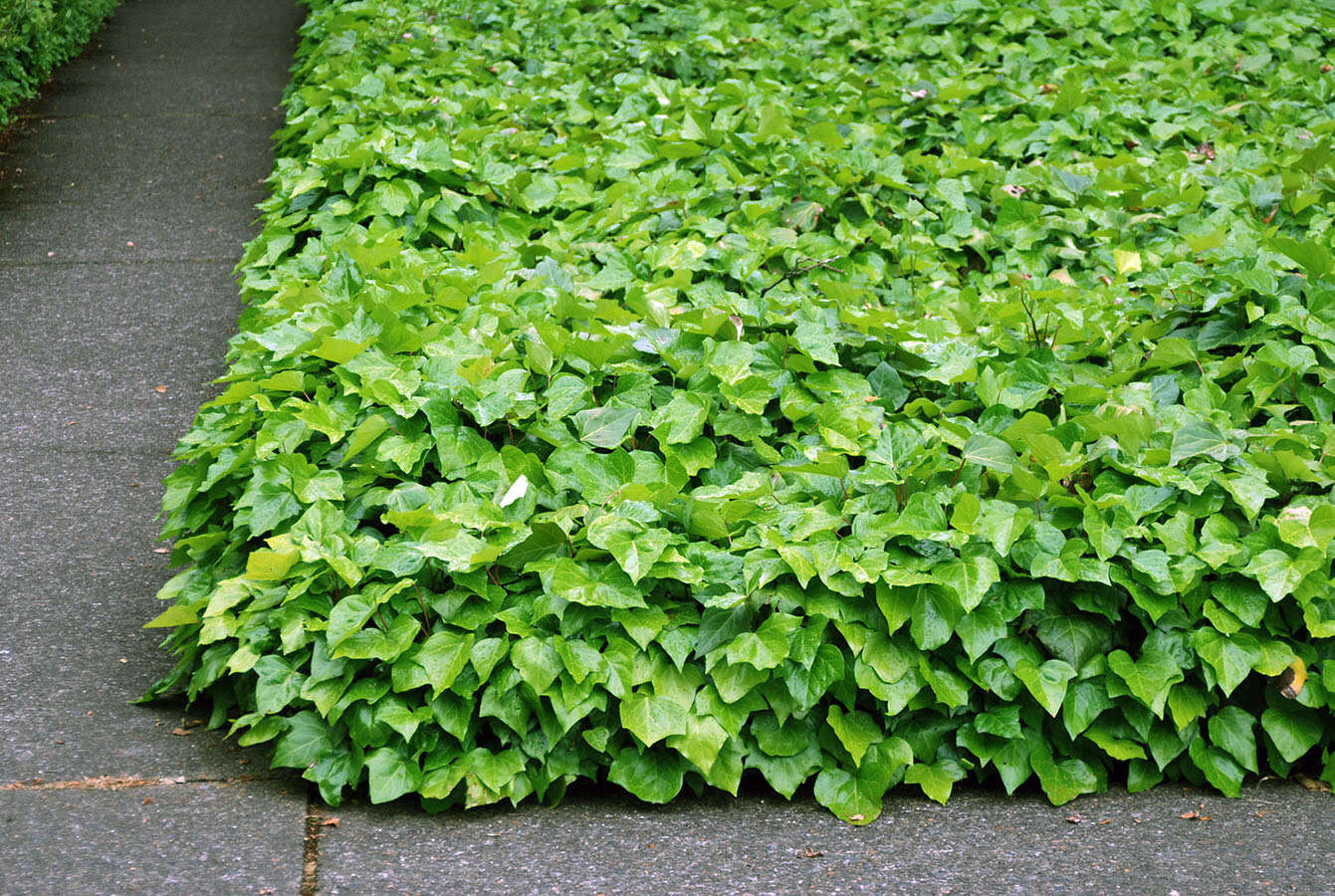
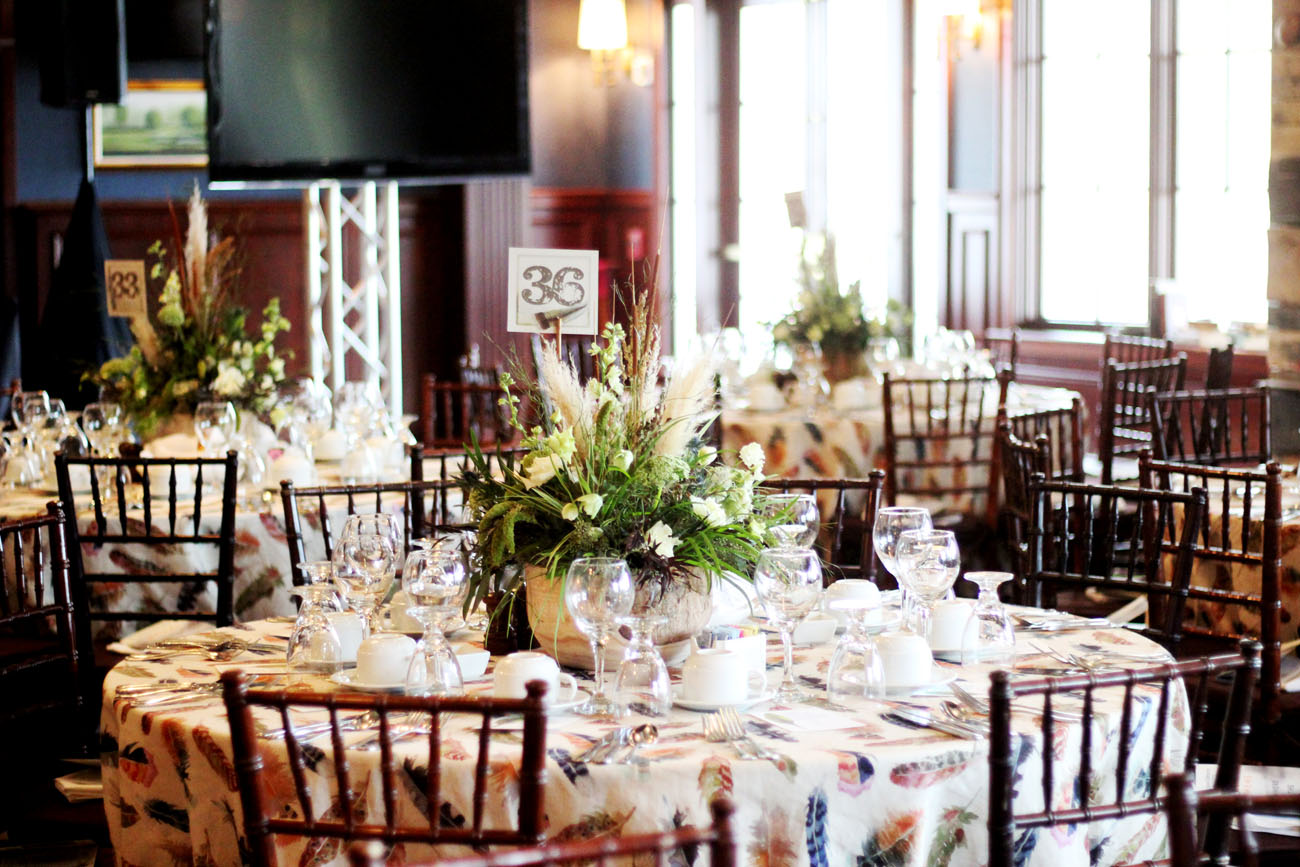
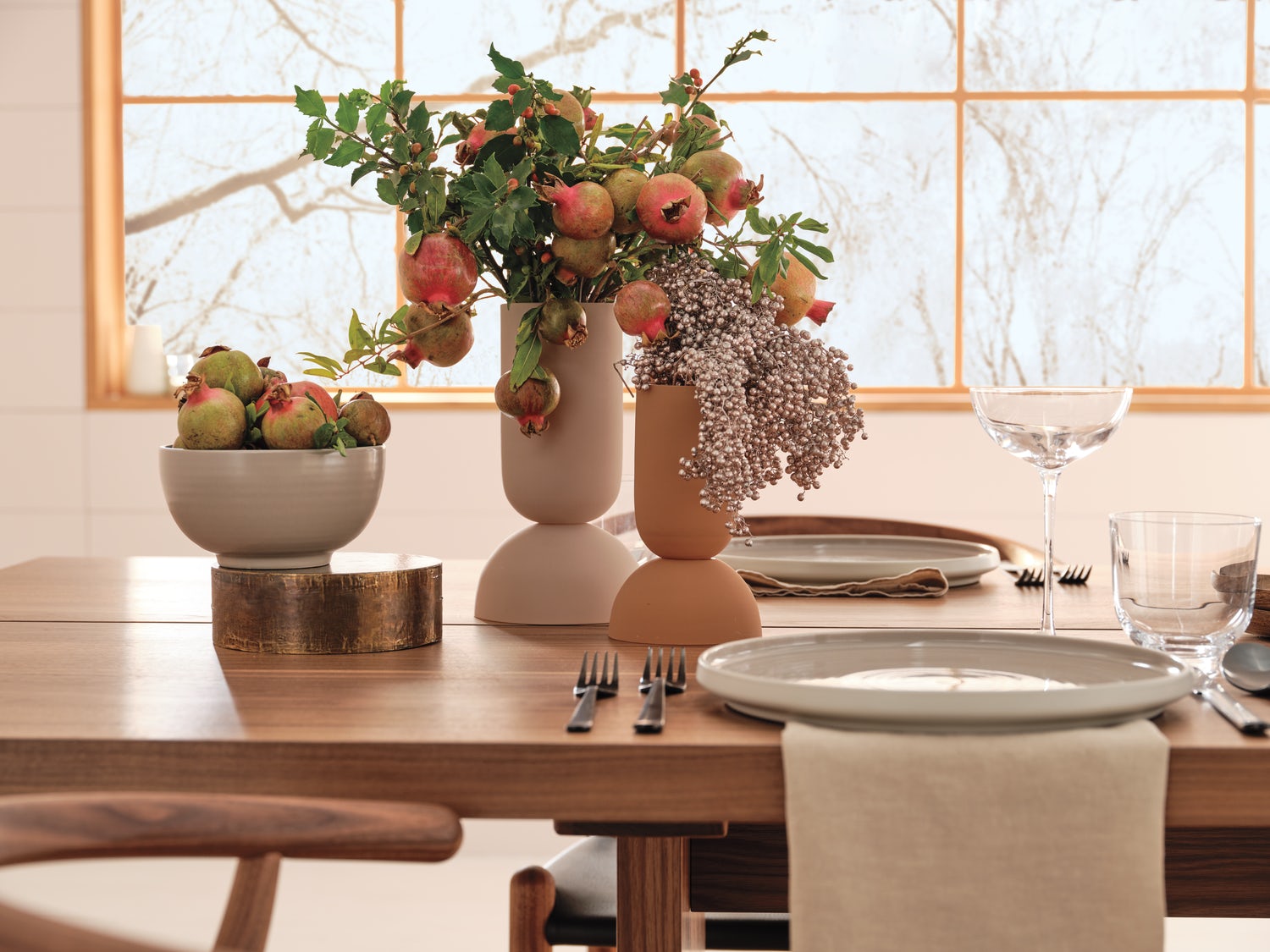
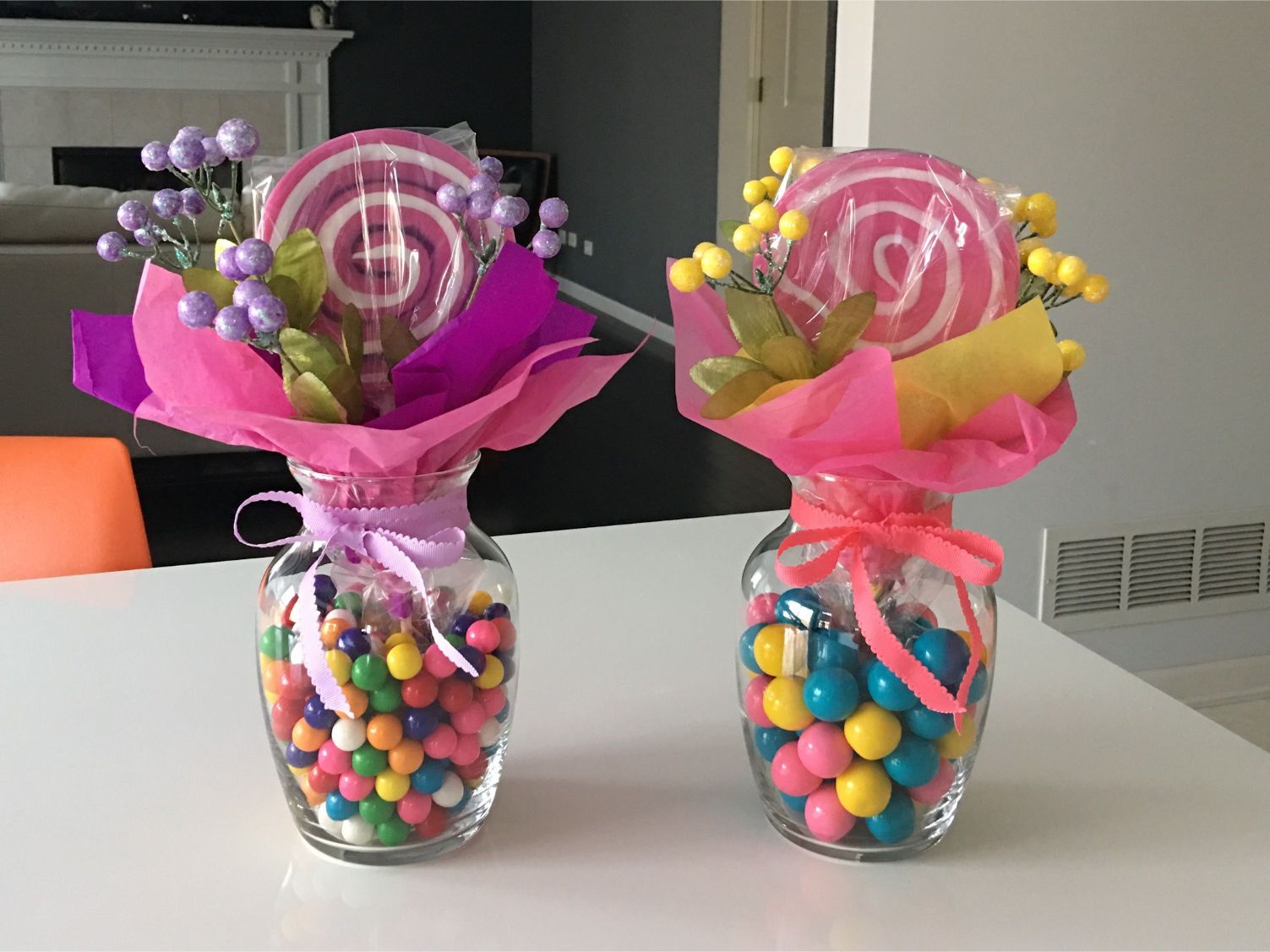
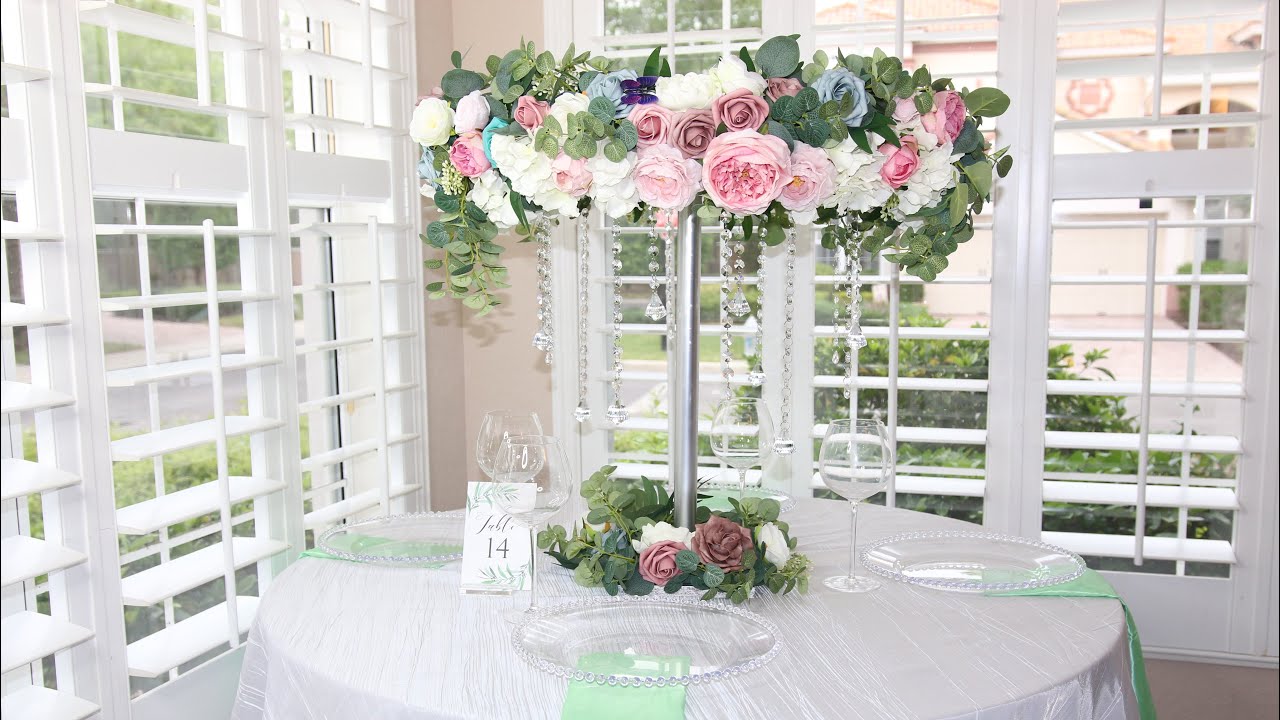
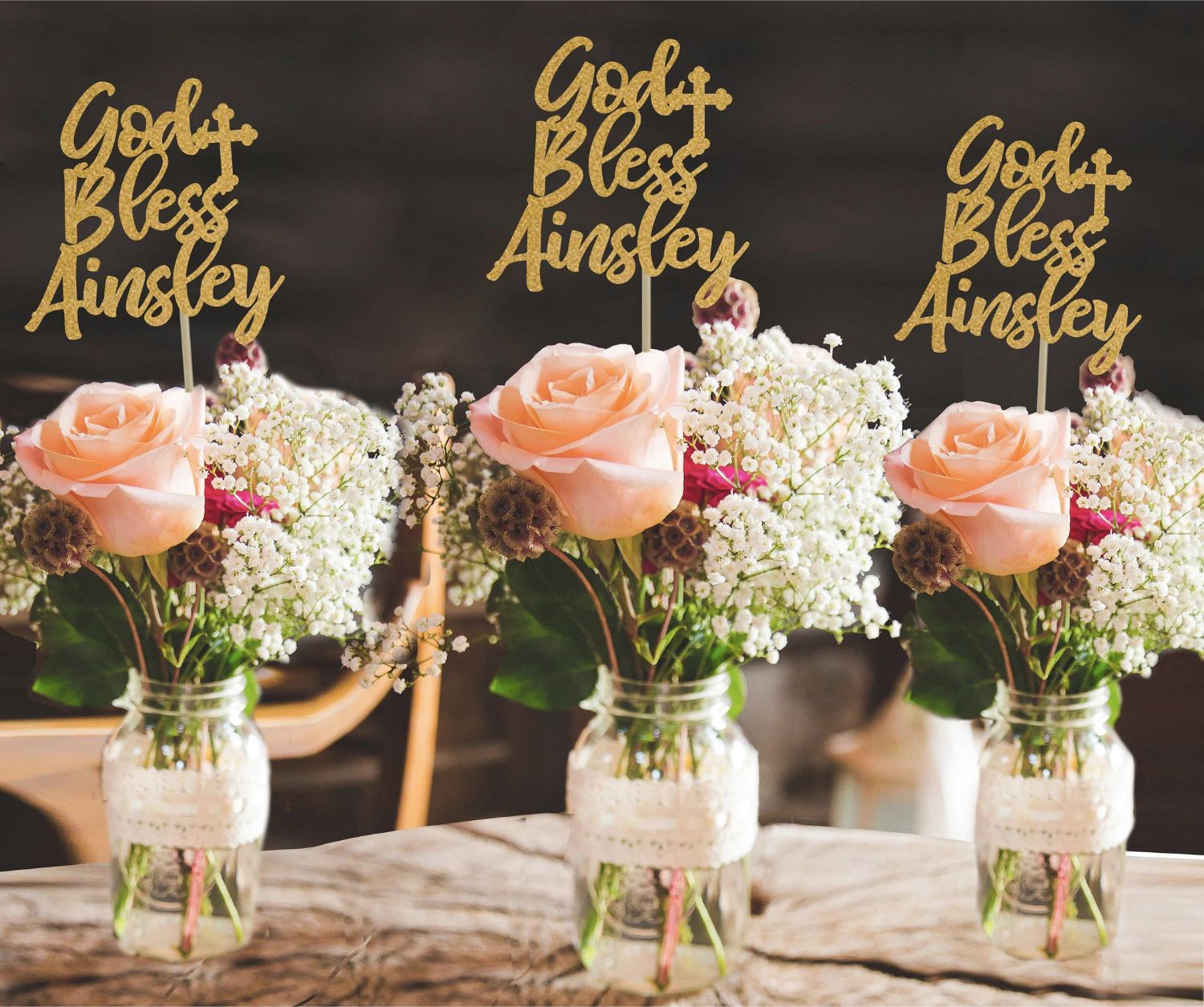
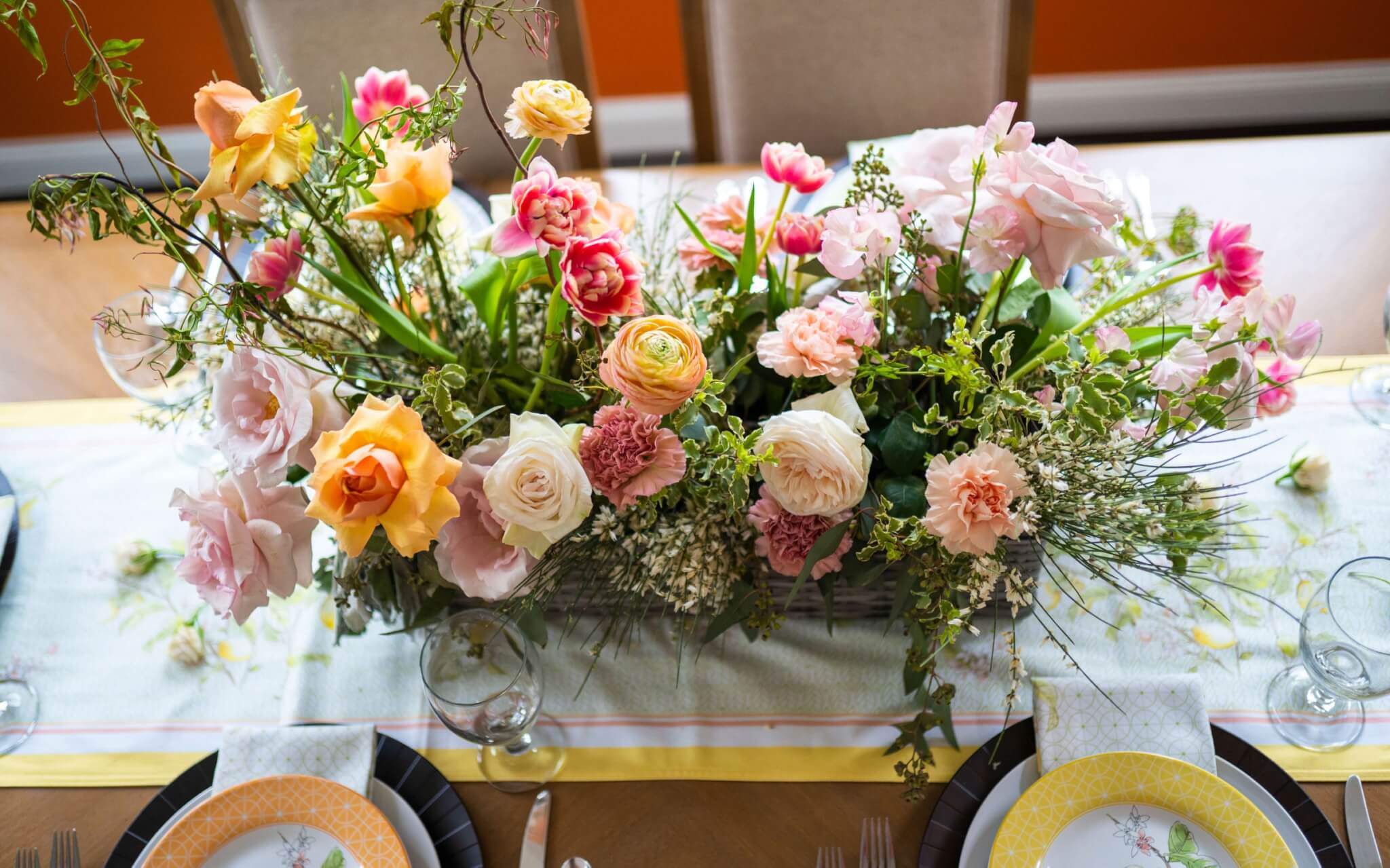
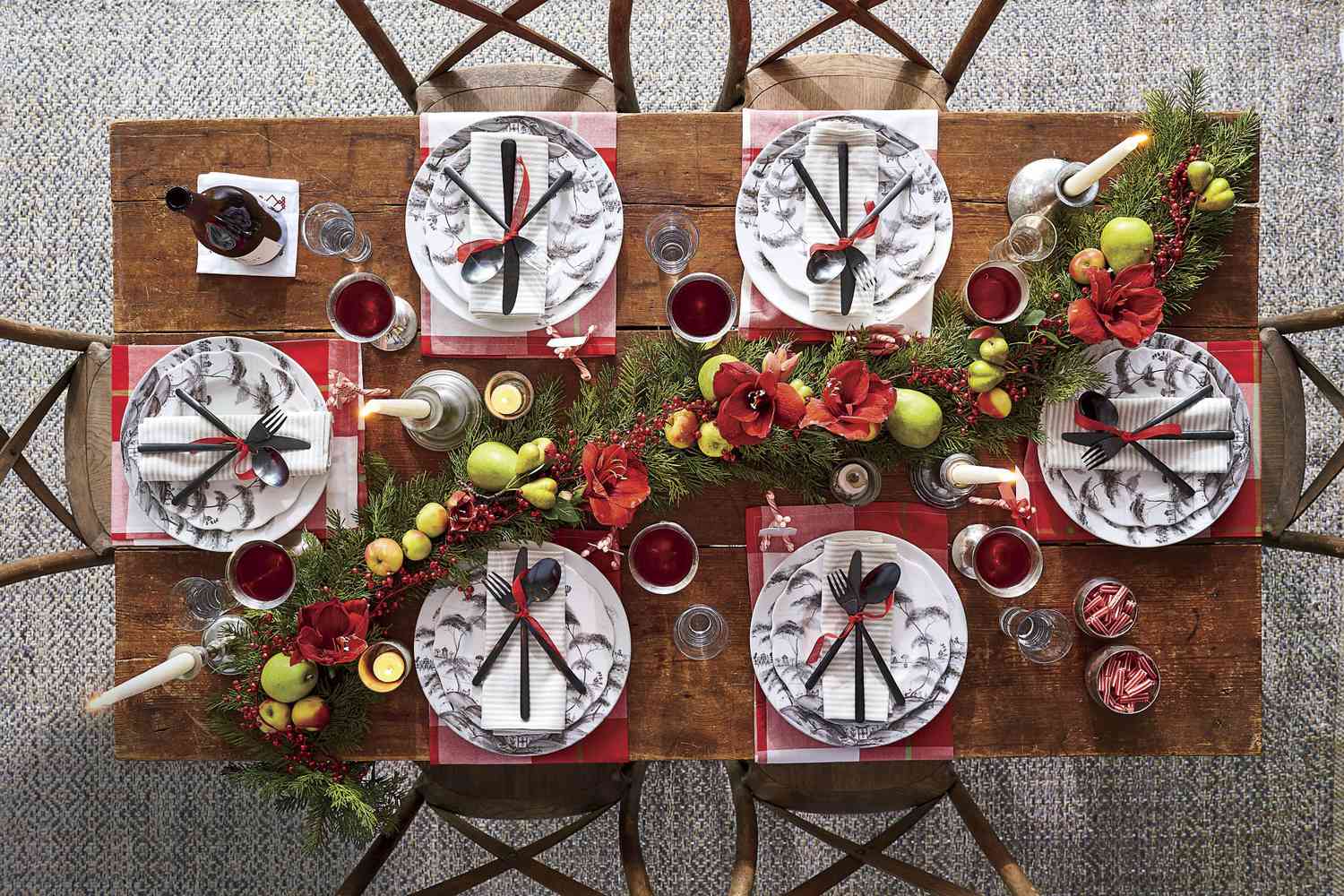
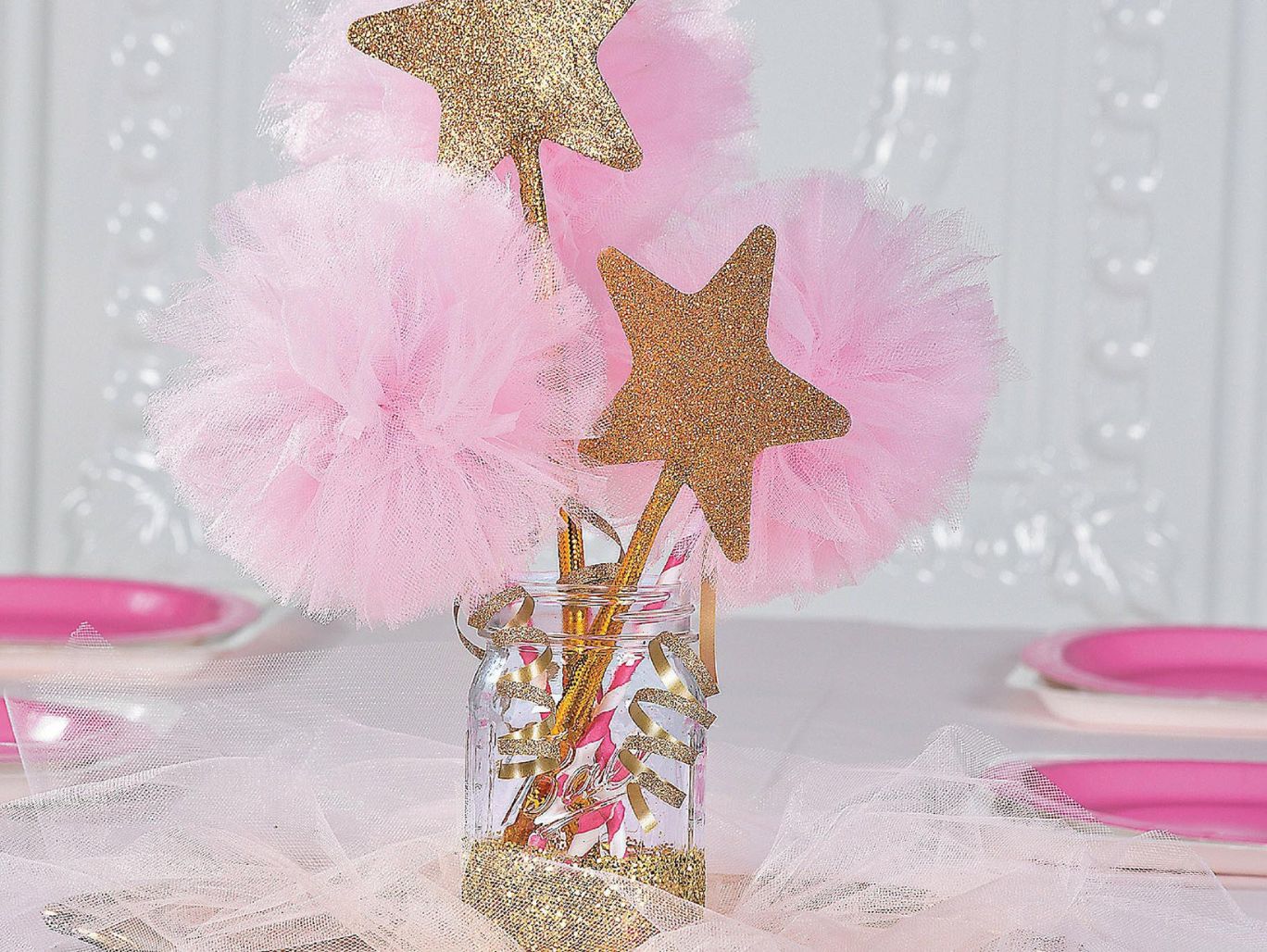
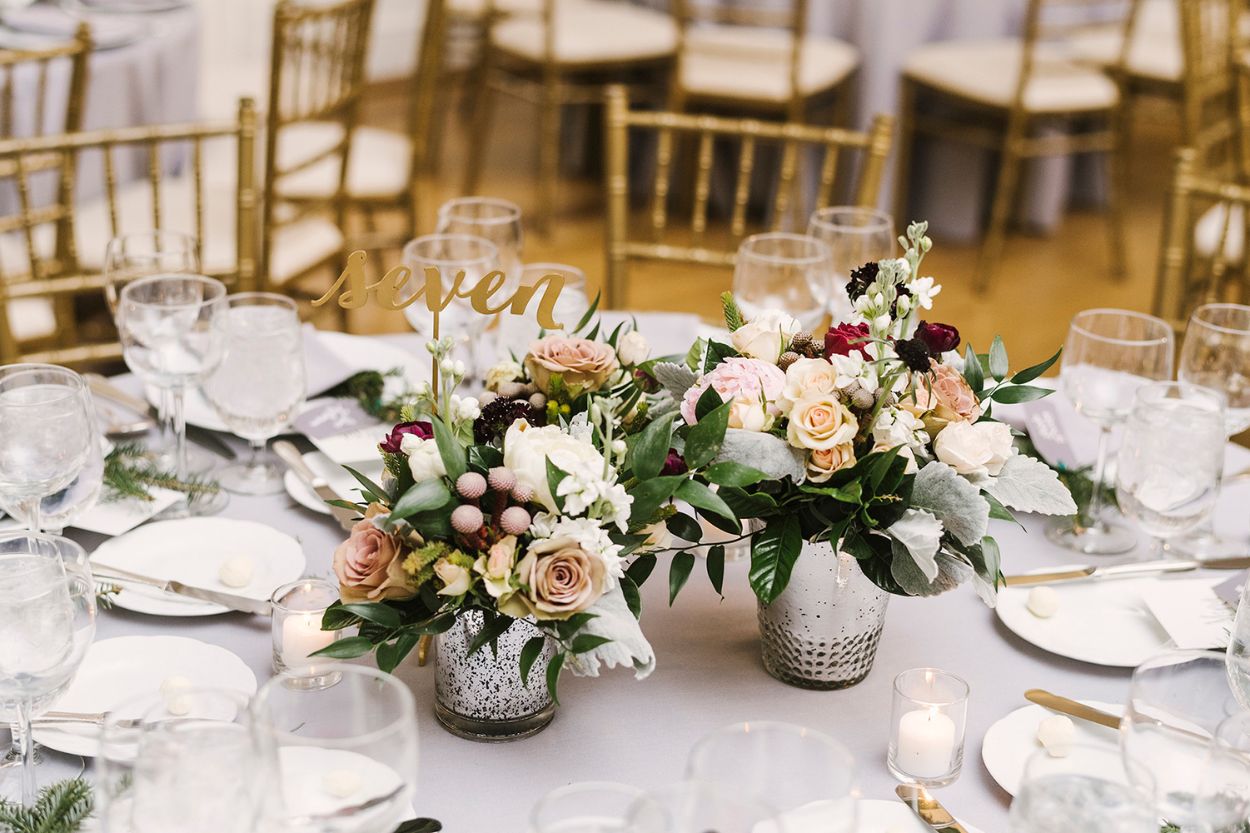
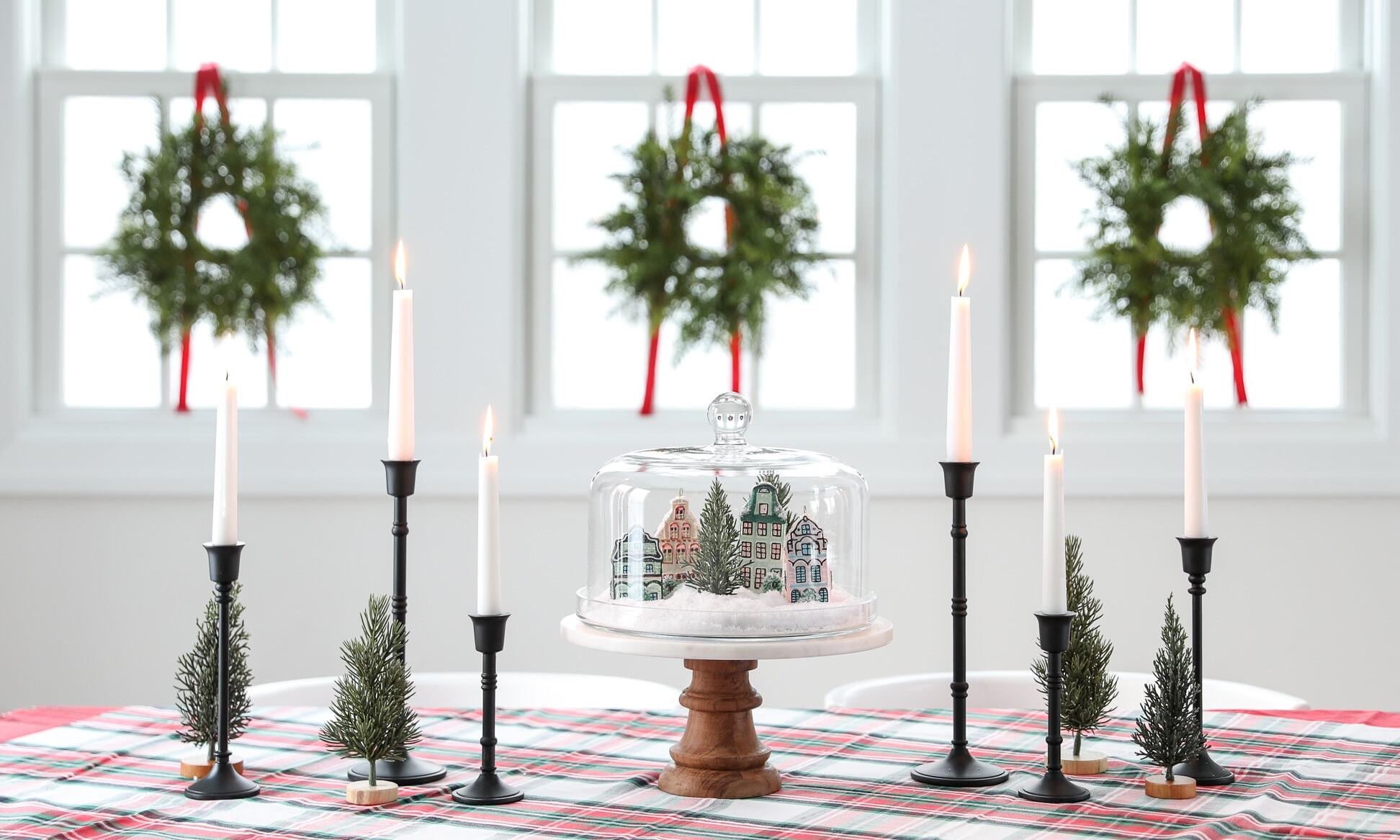
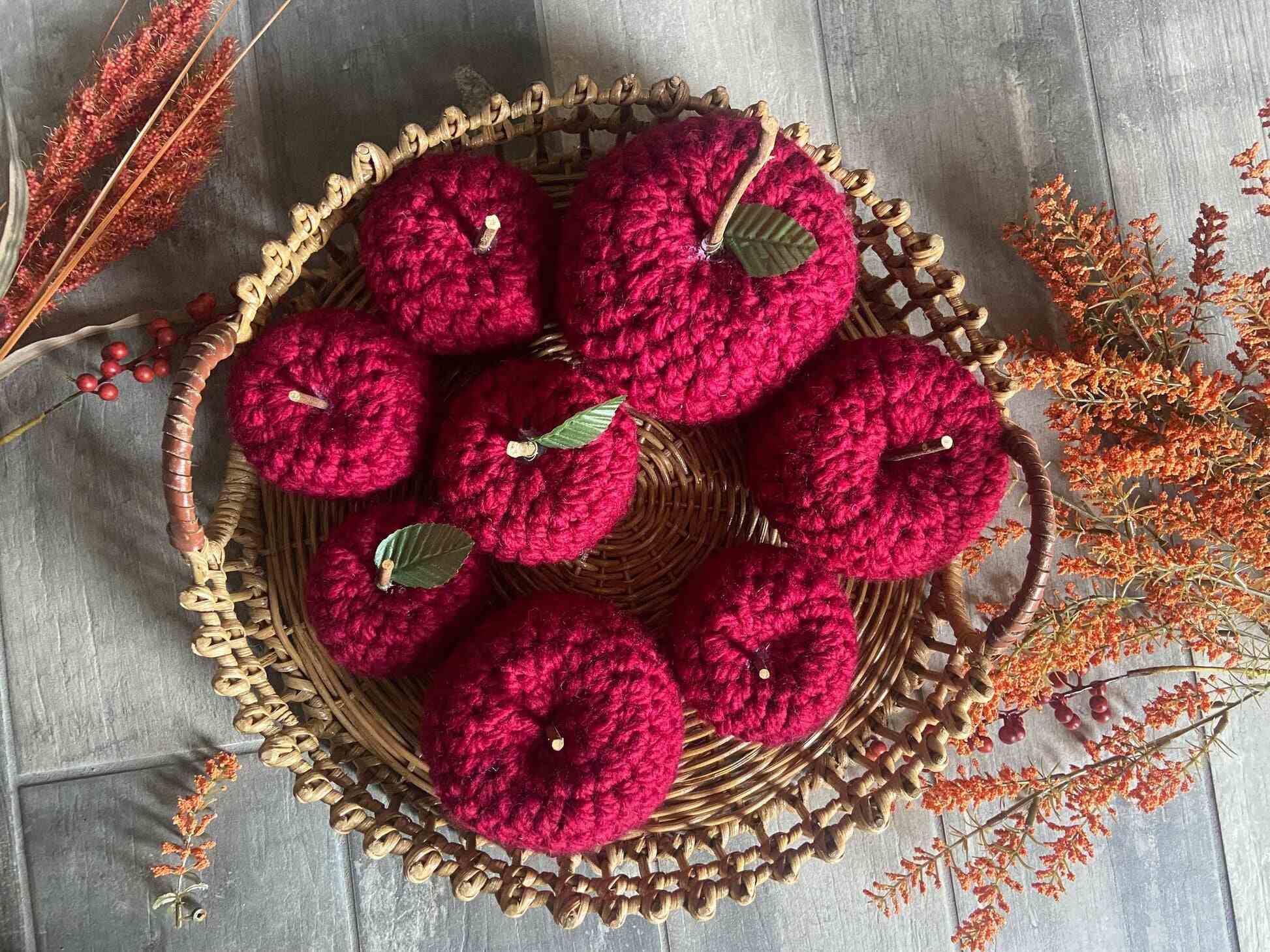
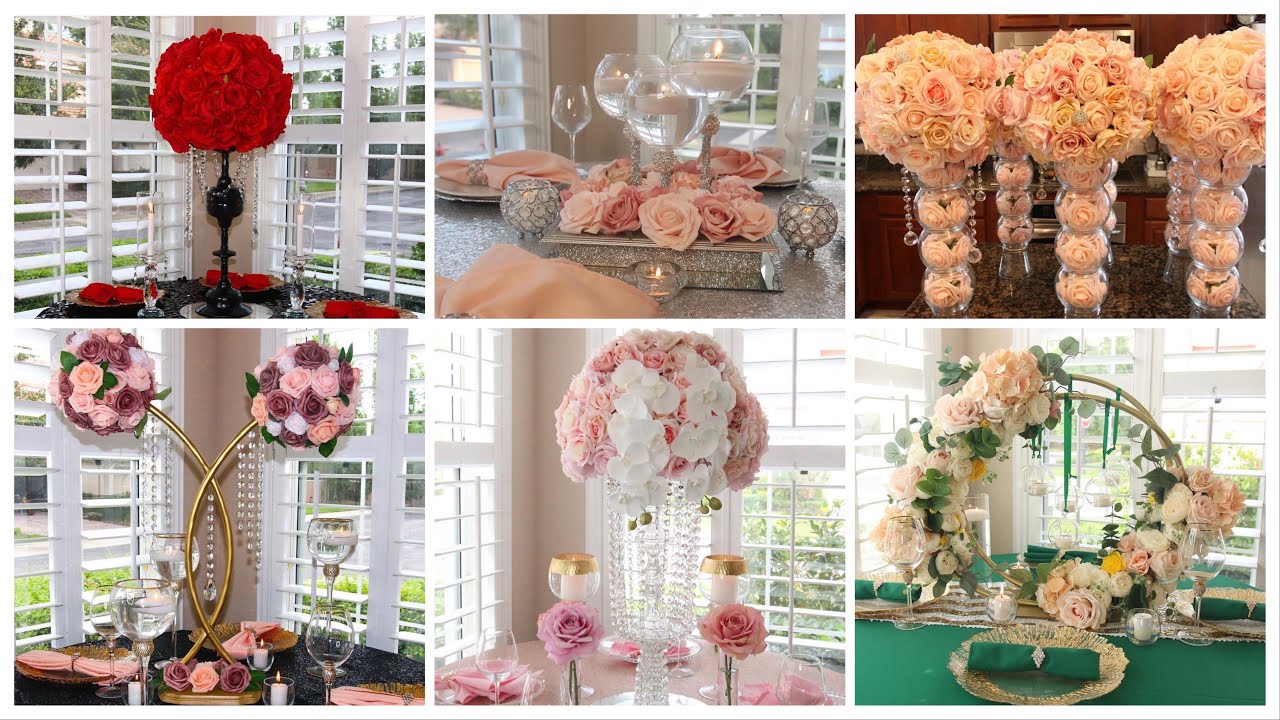

0 thoughts on “What To Plant With Ivy For An Indoor Table Centerpiece”